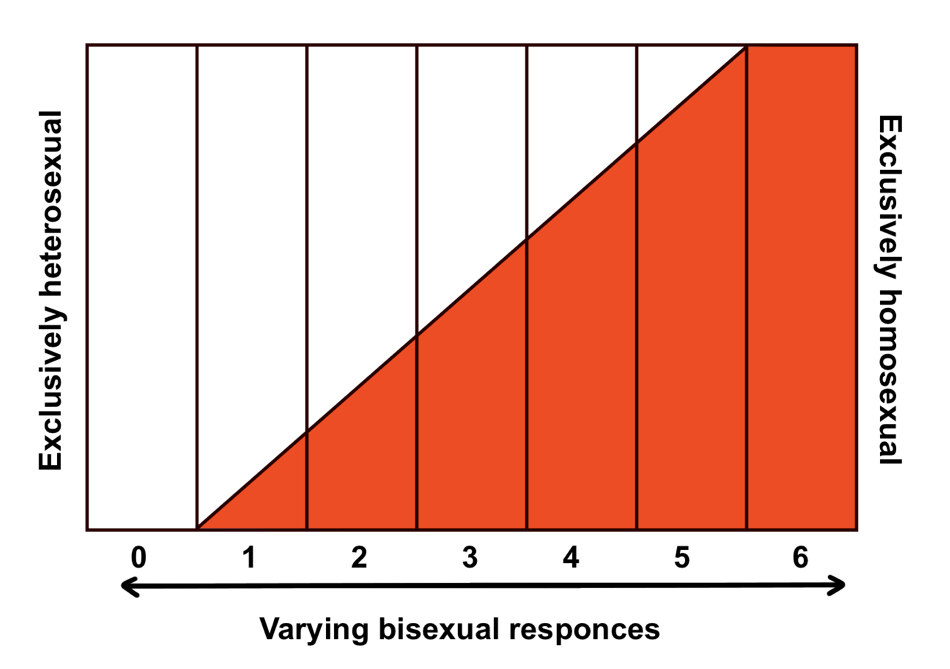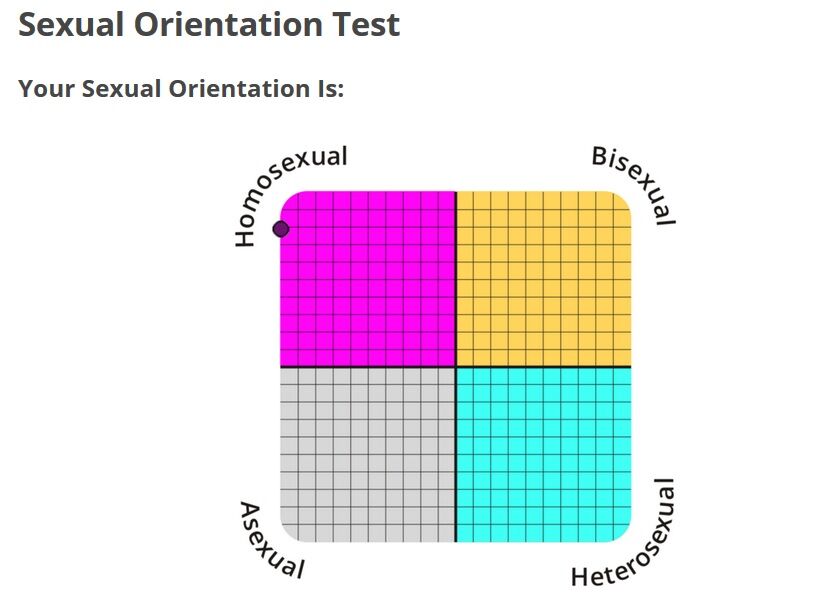


These questions will be presented in a series, and you will either receive partial or full points for each correct answer, or you will be cut off after too many incorrect responses and you will proceed to the next section of the test. A highly specific such as, “They’re both beverages” would be worth two points while a less specific answer such as, “They’re both liquids” would be worth one point. The subject is asked to provide information as to what the items have in common. In this test, the proctor will provide you with two items, so for example, “milk” and “orange juice”. Sample Similarities Subtest QuestionĪn example question from this type of IQ test would be within the similarities subtest in the Verbal Comprehension Index. Average intelligence would be someone with an FSIQ score of 100.

A selection of these subtests is then combined upon the test’s completion to make up your Full-Scale IQ, or FSIQ. There are subtests within each of these indexes where the IQ test proctor will provide questions and when you answer correctly your score for that subtest will improve and increase your index score for that component of your intelligence. In formulating an IQ score, the popular Wechsler tests focus on the following indices: They would add: "The histories which have been available in the present study make it apparent that the heterosexuality or homosexuality of many individuals is not an all-or-none proposition.While the practice tests focus highly on information processing, most modern tests focus on a wider variety of aspects of intelligence. The Kinsey team interviewed thousands of people about their sexual histories. Instead of describing people as either homosexual, heterosexual or bisexual, Kinsey created a scale from heterosexuality to homosexuality. "It is generally thought that these qualities make a homosexual person obvious and recognizable to any one who has a sufficient understanding of such matters." The Kinsey Scale is an idea developed by Alfred Kinsey in 1948. "It is quite generally believed that one’s preference for a sexual partner of one or the other sex is correlated with various physical and mental qualities, and with the total personality which makes a homosexual male or female physically, psychically, and perhaps spiritually distinct from a heterosexual individual," the co-authors wrote.



 0 kommentar(er)
0 kommentar(er)
